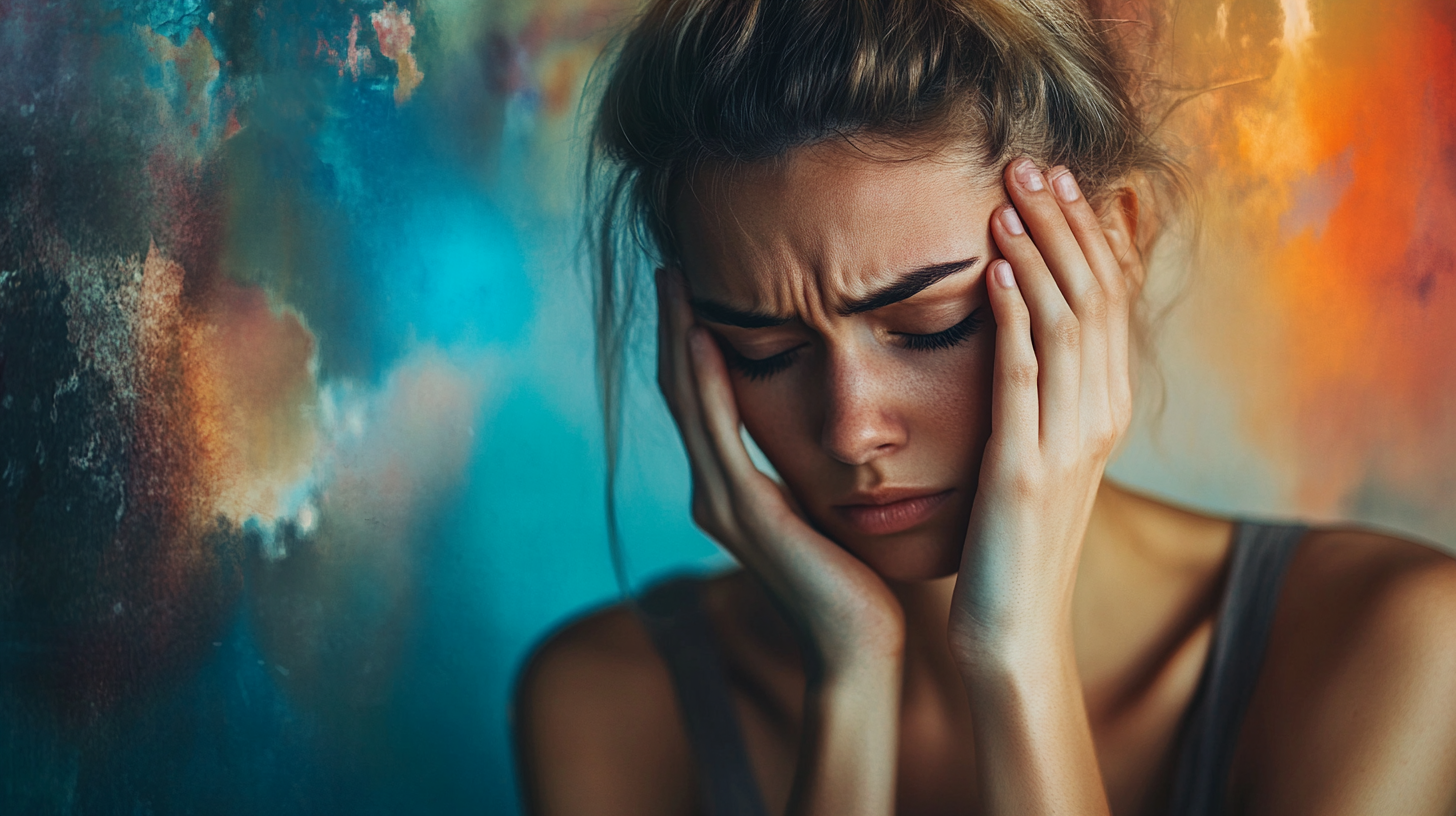Anxiety can be overwhelming and debilitating, affecting every aspect of your life. Fortunately, there are effective treatments available that can help you manage and overcome anxiety. One of the most powerful tools is exposure therapy. This article will explain what exposure therapy is, how it works, and why it can be so effective in treating anxiety.
What is Exposure Therapy?
Exposure therapy is a type of cognitive behavioral therapy (CBT) that helps people confront their fears in a controlled and systematic way. The idea is to gradually expose individuals to the things they fear and avoid, in a safe and controlled environment. Over time, this exposure helps reduce the fear and anxiety associated with those things.
How Does Exposure Therapy Work?
The basic principle behind exposure therapy is that by facing your fears, you can learn to manage them better. The process typically involves several steps:
- Assessment: The therapist and patient identify the specific fears and anxiety triggers.
- Hierarchy of Fears: They create a list of situations related to these fears, ranked from least to most anxiety-provoking.
- Gradual Exposure: Starting with the least frightening situation, the patient is gradually exposed to their fears, either in real life (in vivo exposure) or through imagination (imaginal exposure).
During these exposures, the therapist helps the patient use coping strategies to manage their anxiety. Over time, repeated exposure reduces the fear response.
Benefits of Exposure Therapy
Effective for Various Types of Anxiety
Exposure therapy has been proven effective for a range of anxiety disorders, including:
- Generalized Anxiety Disorder (GAD): Helps reduce constant worry and anxiety about everyday situations.
- Social Anxiety Disorder: Reduces fear of social situations and interactions.
- Specific Phobias: Helps overcome intense fear of specific objects or situations, such as heights or flying.
- Panic Disorder: Reduces fear of panic attacks and helps manage symptoms.
Long-lasting Results
One of the main advantages of exposure therapy is its lasting impact. Unlike some other treatments that provide only temporary relief, exposure therapy helps retrain the brain to respond differently to fear triggers. This leads to long-term reduction in anxiety.
Empowers Individuals
Exposure therapy empowers individuals by giving them the tools and strategies they need to face their fears independently. This can boost self-confidence and improve overall quality of life.
Types of Exposure Therapy
There are different methods of exposure therapy, each suited to different types of anxiety and individual preferences.
In Vivo Exposure
In vivo exposure involves facing real-life situations that trigger anxiety. For example, someone with a fear of heights might start by standing on a low step and gradually work their way up to higher elevations.
Imaginal Exposure
Imaginal exposure involves vividly imagining the feared situation. This can be useful for fears that are difficult to replicate in real life, such as traumatic memories. The therapist guides the patient through imagining the scenario in detail, helping them confront their fear in a safe environment.
Virtual Reality Exposure
Virtual reality (VR) exposure therapy uses technology to simulate feared situations. This method is particularly helpful for phobias and PTSD (Post-Traumatic Stress Disorder), where real-life exposure might be too intense or impractical. VR allows for a controlled and customizable environment.
Interoceptive Exposure
Interoceptive exposure focuses on the physical sensations of anxiety. It is often used for panic disorder. The therapist helps the patient intentionally induce these sensations, like rapid heartbeat or shortness of breath, to learn that they are not dangerous.
Exposure Therapy for Social Anxiety
Social anxiety disorder involves an intense fear of social situations and being judged by others. Exposure therapy can be particularly effective for this type of anxiety.
Identifying Triggers
The first step is to identify specific social situations that cause anxiety. These might include public speaking, meeting new people, or attending social events.
Creating a Hierarchy
Next, the therapist and patient create a hierarchy of feared social situations, ranked from least to most anxiety-provoking. This helps organize the exposure process.
Gradual Exposure
The patient gradually faces these social situations, starting with the least intimidating ones. This might involve role-playing with the therapist, participating in small group activities, or gradually increasing social interactions.
Developing Social Skills
In addition to exposure, therapy may include social skills training. This helps the patient develop effective communication and coping strategies for social interactions.
What to Expect from Exposure Therapy
Initial Sessions
In the initial sessions, the therapist will conduct a thorough assessment to understand the patient’s anxiety and fears. They will then work together to create a treatment plan and hierarchy of fears.
During Exposure Sessions
During exposure sessions, the therapist will guide the patient through facing their fears. This might involve real-life activities, imagination, or VR simulations. The therapist will provide support and coping strategies to manage anxiety.
Between Sessions
Patients are often given homework assignments to practice exposure techniques between sessions. This helps reinforce progress and build confidence.
Progress and Adjustments
As the patient progresses, the therapist will adjust the exposure plan as needed. The goal is to gradually increase the difficulty of exposures while ensuring the patient feels supported.
Finding a Qualified Therapist
It’s important to find a therapist who is trained and experienced in exposure therapy. Look for licensed mental health professionals who specialize in cognitive behavioral therapy and have experience treating anxiety disorders.
Questions to Ask
When choosing a therapist, consider asking the following questions:
- What is your experience with exposure therapy?
- How do you tailor treatment to individual needs?
- What can I expect during the sessions?
- How will we measure progress?
Conclusion
Exposure therapy is a powerful and effective tool for overcoming anxiety. By gradually facing your fears in a controlled and supportive environment, you can reduce anxiety and improve your quality of life. If you or someone you know is struggling with anxiety, consider exploring exposure therapy as a treatment option. With the right therapist and a commitment to the process, you can overcome your fears and live a more fulfilling life.
Contact Olson Family Therapy Today
If you or a loved one is struggling with anxiety and considering exposure therapy, Olson Family Therapy is here to help. Our team of licensed and experienced therapists specializes in cognitive behavioral therapy and has a proven track record in treating anxiety disorders. We tailor our treatment plans to meet your individual needs and support you every step of the way.
Take the first step towards reclaiming your life and overcoming your fears. Contact Olson Family Therapy today to schedule a consultation and learn more about how exposure therapy can benefit you.



